Was the Piltdown Man really a WOMAN? Scientists reconstruct the face of the fake human ancestor claimed to be a missing link in evolution – and say it may have been FEMALE
It was one of the greatest scientific hoaxes of the twentieth century.
Now the Piltdown Man's face has been reconstructed for the first time.
Piltdown Man was widely believed to be a missing link in human evolution, after his remains were discovered in 1912.
But the specimens turned out to be fake, and were created by combining human remains with orangutan remains.
Now, the reconstruction has thrown an additional spanner in the works, as scientists say Piltdown Man may have been female.
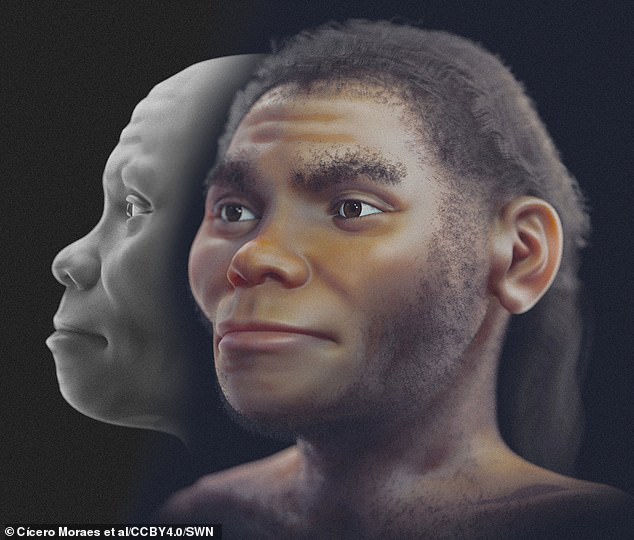
It was one of the greatest scientific hoaxes of the twentieth century. Now the Piltdown Man's face has been reconstructed for the first time
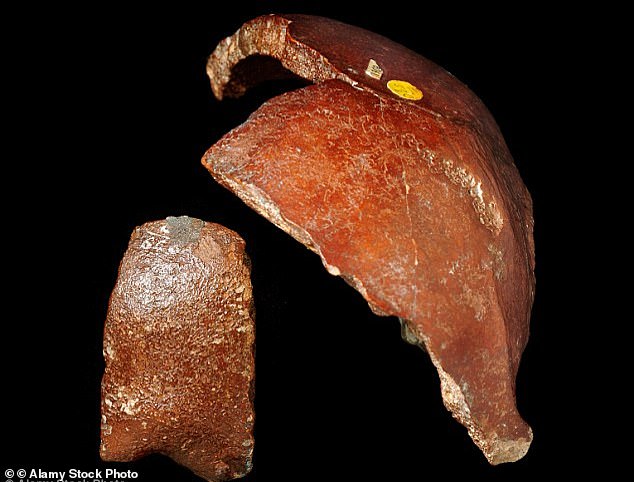

Piltdown Man was widely believed to be a missing link in human evolution, after his remains were discovered in 1912.
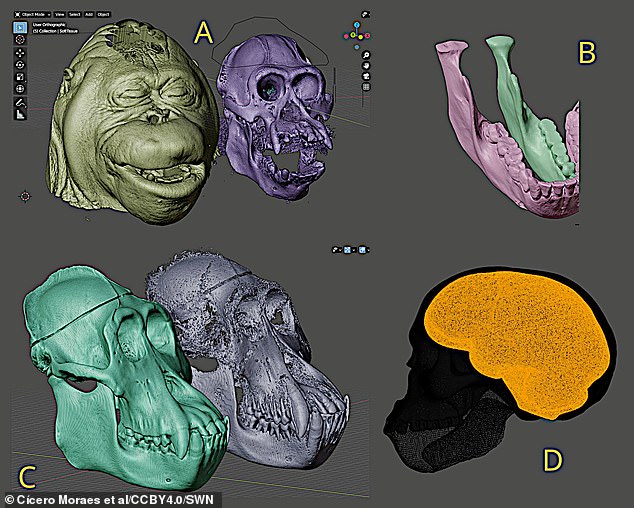

But the specimens turned out to be fake, and were created by combining human remains with orangutan remains
In 1912, the remains of a new human ancestor who lived up to 500,000 years ago were unveiled to the world at a packed meeting of the Geological Society in London.
With an ape-like lower jaw containing worn molars and parts of a human-like brain, it appears to bridge the evolutionary gap between apes and modern humans.
Rudimentary stone tools and fragments of animal fossils were found alongside the presumed human fossil.
They were all stained a dark red color like the gravel in which they were found.
The human species was named Eoanthropus dawsonii, or “Dawson's Dawn Man”, after the man who claimed to have found it, Charles Dawson.
It took nearly 50 years before the specimens were discovered to be fake, created by combining human remains with orangutan remains.
now, Researchers have presented a digital reconstruction of a false human ancestor.
The team of archaeologists, forensic expert and 3D artist Cicero Moraes, created a model to replicate the specimen provided by Charles Dawson.
Researchers were able to turn to a November 1953 Time magazine article that published evidence proving that man was a composite of the three distinct species.
Cicero Moraes's illustration reflects the presentation by incorporating a medieval human skull and the 500-year-old lower jaw of fossil orangutan and chimpanzee teeth.
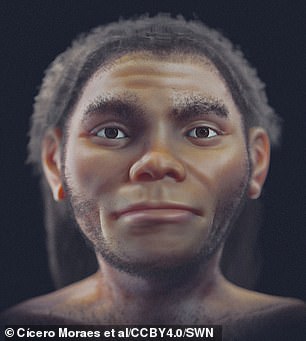

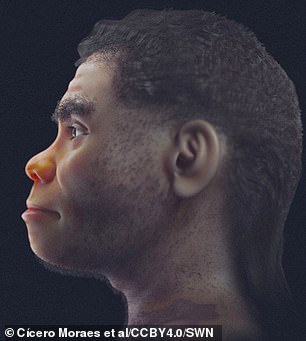

The team of archaeologists, forensic expert and 3D artist Cicero Moraes, created a model to replicate the specimen provided by Charles Dawson.
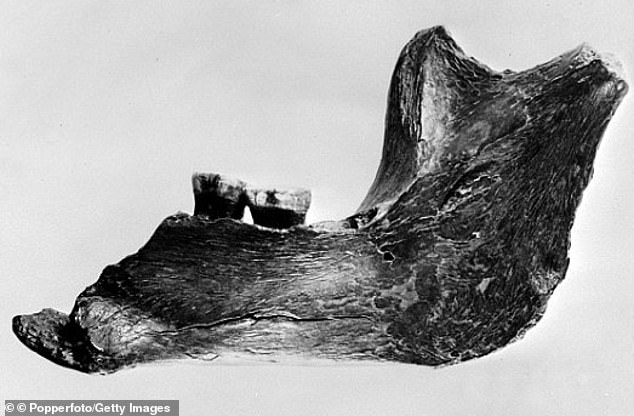

With an ape-like lower jaw containing worn molar teeth and parts of a human-like brain, it appears to bridge the evolutionary gap between apes and modern humans.
The researchers also questioned what gender the sample would confirm.
“Furthermore, it highlights the possibility that the female orangutan jaw was used as a basis for fossil forging,” they wrote.
“Combining this with the finer aspects of the skull, it presents the possibility that it is in fact not a man, but a Piltdown woman.”
While many culprits have been blamed for Piltdown Man, scholars tend to place the blame on Charles Dawson, the amateur archaeologist and lawyer who first discovered the bones.
They say the bones and teeth used to create the specimens appear to have come from just one orangutan skeleton and two human orangutan skeletons, which were probably medieval in origin.
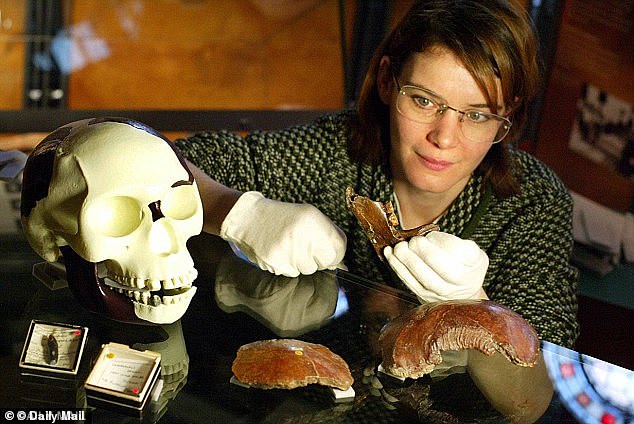

While many culprits have been blamed for Piltdown Man, scholars tend to place the blame on Charles Dawson, the amateur archaeologist and lawyer who first discovered the bones.
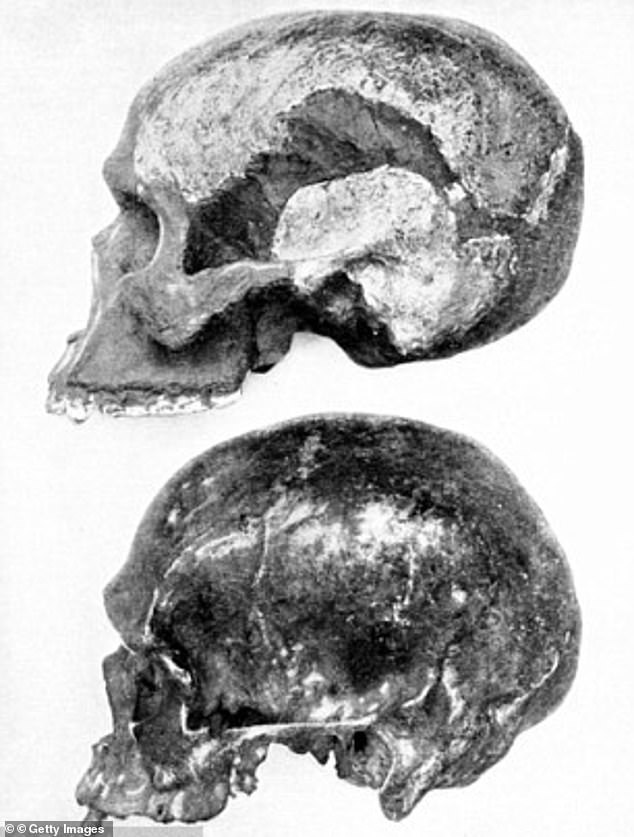

Bone examinations reveal that the same toothpaste was used throughout the specimens to reconstruct human bones and dismember orangutan remains on them
Bone examinations reveal that the same toothpaste was used in all the specimens to reconstruct human bones and dismember orangutan remains on them.
Putty was also used to load the bones and teeth with gravel from Piltdown to make them look more authentic.
Dr Isabel de Groot, an expert in human evolution at Liverpool John Morris University who led the 2016 study on Piltdown Man, said: “Although many individuals have been accused of producing fake fossils, our analyzes to understand the workings show consistency across all the different specimens and at both sites. .
“It is clear from our analysis that this act was most likely carried out by a single forger – Charles Dawson.”
(Tags for translation) Daily Mail
